
In programming languages, loops control processes and instrumentation. Learn how to set up while loops, for loops, and other types of loops in LabVIEW.
In programming languages, loops control processes and instrumentation. Learn how to set up while loops, for loops, and other types of loops in LabVIEW.
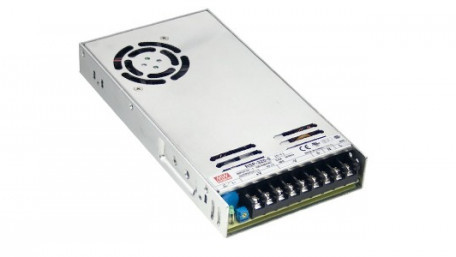
What are DIN Rail power solutions, and where do you need them in your facility?
What are DIN Rail power solutions, and where do you need them in your facility?
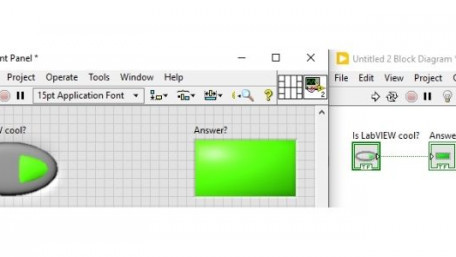
Graphical programming language LabVIEW uses front panels, block diagrams, a controls palette, and a functions palette to…
Graphical programming language LabVIEW uses front panels, block diagrams, a controls palette, and a functions palette to design control systems. Let’s take a deep dive into each of these and their functionalities.

What are neural networks, how do you establish basic parameters, and what tools can help?
What are neural networks, how do you establish basic parameters, and what tools can help?
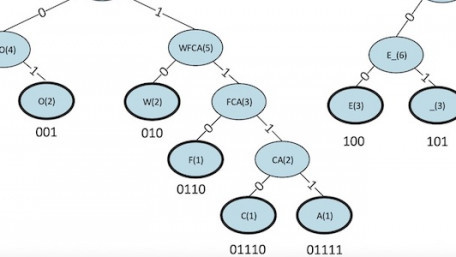
Learn the steps of Huffman coding, a simple and effective lossless data compression algorithm.
Learn the steps of Huffman coding, a simple and effective lossless data compression algorithm.
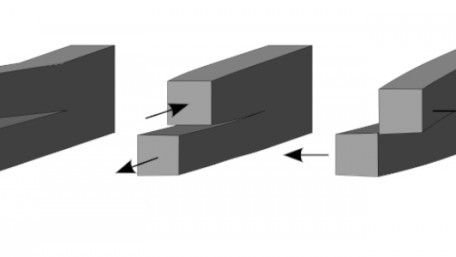
Always cracking your HMI? Learn how fracture mechanics strives to model and understand how cracks form and propagate.
Always cracking your HMI? Learn how fracture mechanics strives to model and understand how cracks form and propagate.
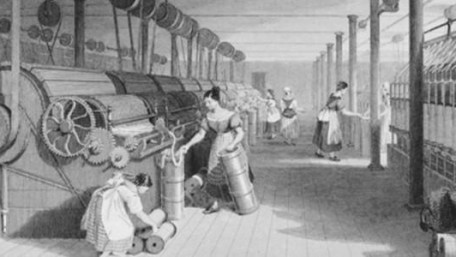
Each industrial revolution has had an impact on factories. Are we going through a fourth revolution?
Each industrial revolution has had an impact on factories. Are we going through a fourth revolution?

Algorithms can involve complicated programming. However, they didn’t start out that way. This article dives into basic…
Algorithms can involve complicated programming. However, they didn’t start out that way. This article dives into basic algorithms like sorting and image generation.
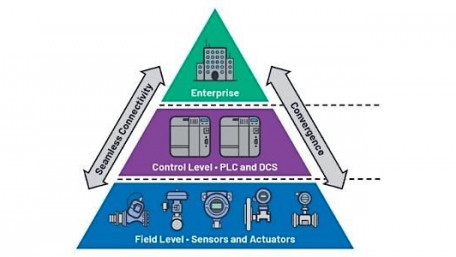
What makes a factory network? There are three levels: device, control, and enterprise. What does each level consist of,…
What makes a factory network? There are three levels: device, control, and enterprise. What does each level consist of, and how is it used in a factory network?
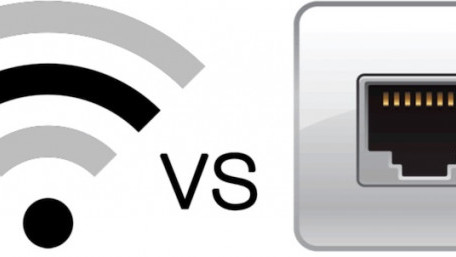
Are wired networks really more secure than wireless? Let’s dive into some differences between these two industrial…
Are wired networks really more secure than wireless? Let’s dive into some differences between these two industrial network types.

In this article, we cover some of the most common HMI failures and troubleshooting methods.
In this article, we cover some of the most common HMI failures and troubleshooting methods.
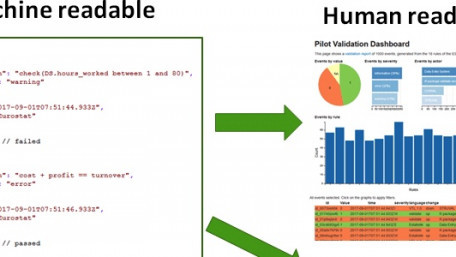
Industrial manufacturers use two main data types—machine-readable and human-readable—to analyze for maintenance,…
Industrial manufacturers use two main data types—machine-readable and human-readable—to analyze for maintenance, monitoring, or other applications.

Dive into the importance of future-proofing IoT technologies, and future trends to keep in mind.
Dive into the importance of future-proofing IoT technologies, and future trends to keep in mind.
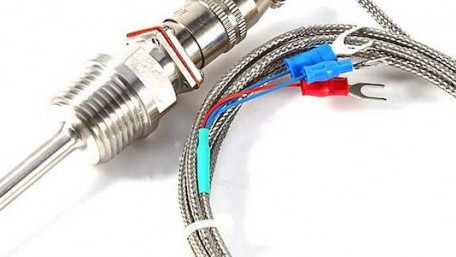
Signal conditioners are important components of industrial digital acquisition (DAQ) systems. Learn about different…
Signal conditioners are important components of industrial digital acquisition (DAQ) systems. Learn about different types, and their benefits and drawbacks.
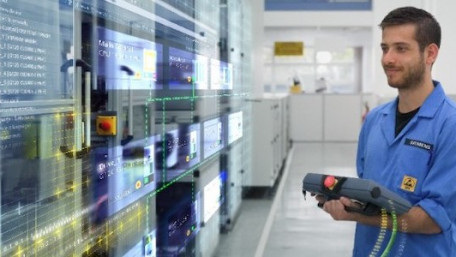
Learn the differences and similarities between human-machine interface (HMI) and supervisory control and data acquisition…
Learn the differences and similarities between human-machine interface (HMI) and supervisory control and data acquisition (SCADA) and how they work together.
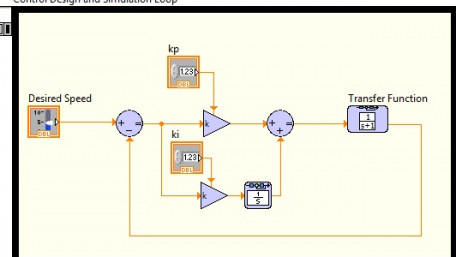
Learn about the numerous libraries, toolkits, and interfaces to achieve motor and motion control using LabVIEW.
Learn about the numerous libraries, toolkits, and interfaces to achieve motor and motion control using LabVIEW.
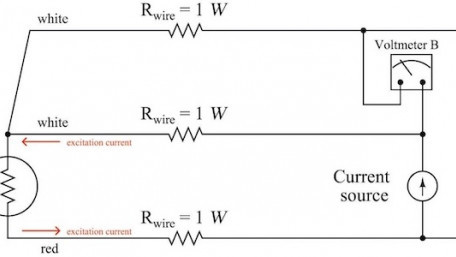
We already discussed a few limitations of resistance temperature detectors (RTDs); this article will explore the…
We already discussed a few limitations of resistance temperature detectors (RTDs); this article will explore the difference between two-wire, three-wire, and four-wire RTDs.
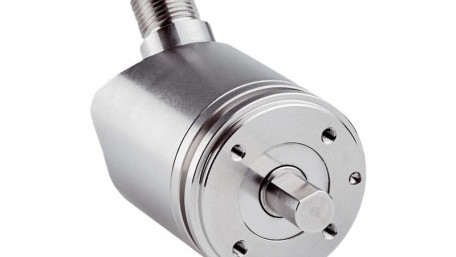
Learn about specific components used in feedback devices and some of the jargon you may encounter when working with servo…
Learn about specific components used in feedback devices and some of the jargon you may encounter when working with servo motion systems.

Industrial risk assessments can be qualitative or quantitative; discover which RA best suits your facility’s needs and why.
Industrial risk assessments can be qualitative or quantitative; discover which RA best suits your facility’s needs and why.
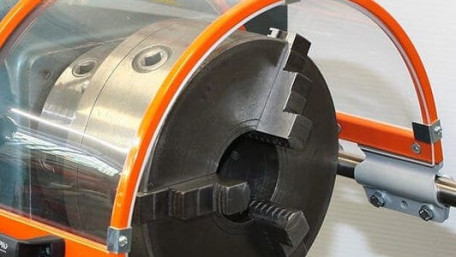
During national safety month, let's dive into a safety feature required by OSHA: machine guards.
During national safety month, let's dive into a safety feature required by OSHA: machine guards.
